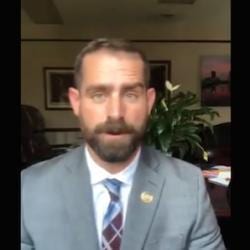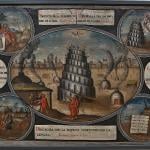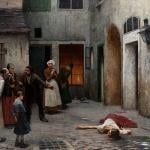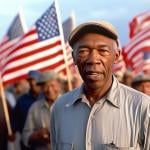The Supreme Court may soon decide. Details:
Kenneth T. Scott opposes abortion, and he says so in public. Sometimes he holds up large pictures of aborted fetuses. Sometimes he makes his points near churches that he believes are not doing enough to combat abortion.
A couple of years ago, the Supreme Court ruled that hateful antigay protests at military funerals deserved First Amendment protection. It will soon decide whether to hear a sequel, this one involving Mr. Scott.
On Palm Sunday in 2005, he and other protesters turned up near an Episcopal church in Denver. As the parishioners re-enacted Jesus’ entry into Jerusalem in an outdoor ceremony, Mr. Scott stood on a parked car on public property and addressed the procession from about 20 feet away.
Some observers said he was loud. Others said he was screaming. He showed large pictures of aborted fetuses. About 200 children were present, and some of them became upset.
The church sued, and a Colorado court issued an order barring Mr. Scott from engaging in various kinds of disruptive conduct near the church when services are under way. Most of the restrictions were not based on what he had to say. Those parts of the order were, as lawyers would put it, content neutral.
But one part of the order raises a difficult First Amendment question: It bars Mr. Scott from “displaying large posters or similar displays depicting gruesome images of mutilated fetuses or dead bodies in a manner reasonably likely to be viewed by children under 12.”
In a candid ruling last year, the Colorado Court of Appeals said the order was meant to suppress Mr. Scott’s speech based on its content, something the government can do only if it has an exceptionally good reason. There was such a reason here, the court said: a “compelling government interest in protecting children from disturbing images.” The court noted in passing that the ban might seem to bar some depictions of the crucifixion.
In urging the justices not to hear the case, the church, St. John’s Church in the Wilderness, said it had “no interest in suppressing petitioner’s message” and just wanted to let its parishioners “pray and worship in peace.”
“The congregation could not pray and participate meaningfully in the Palm Sunday service without being forced to view gruesome images,” the brief said.











